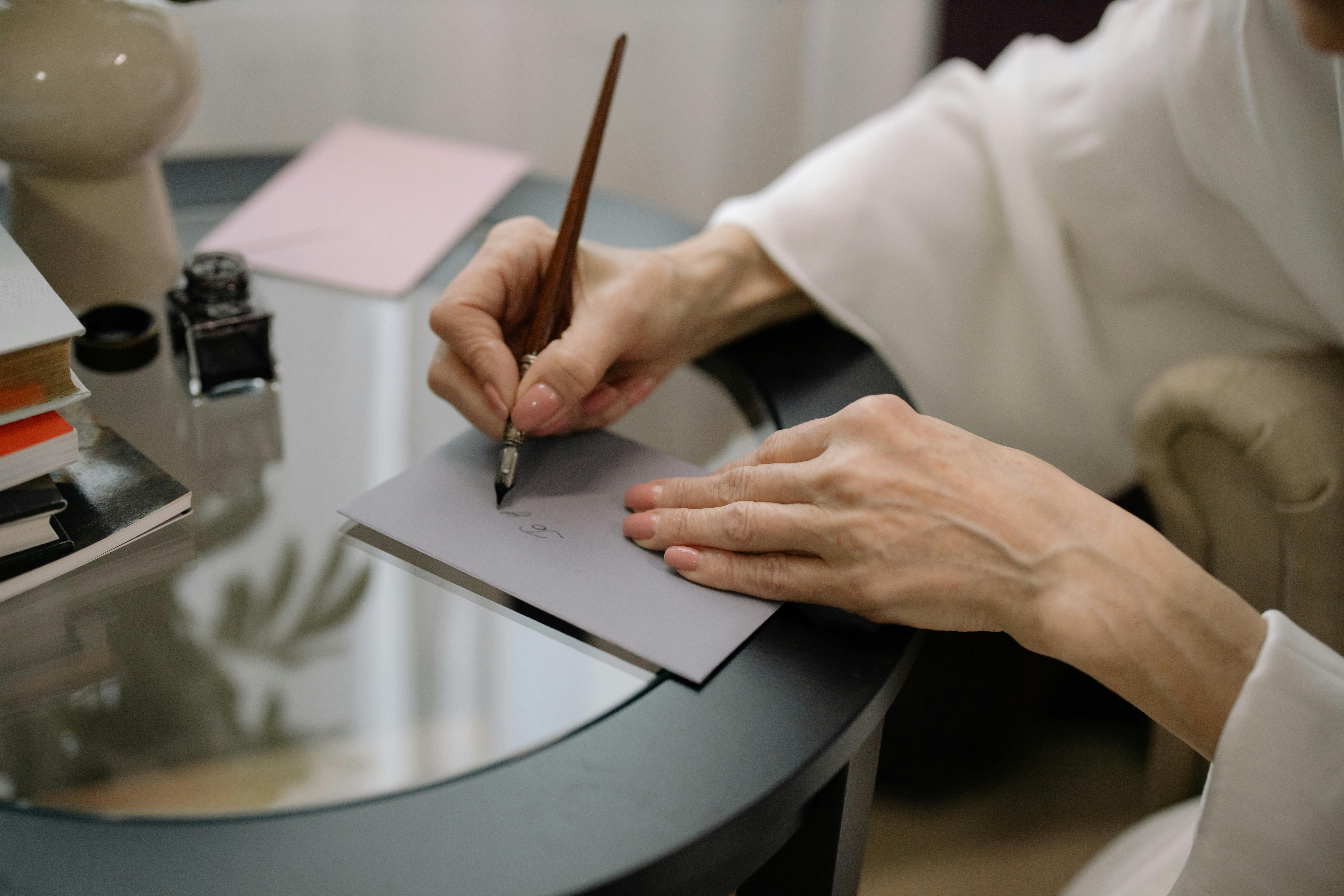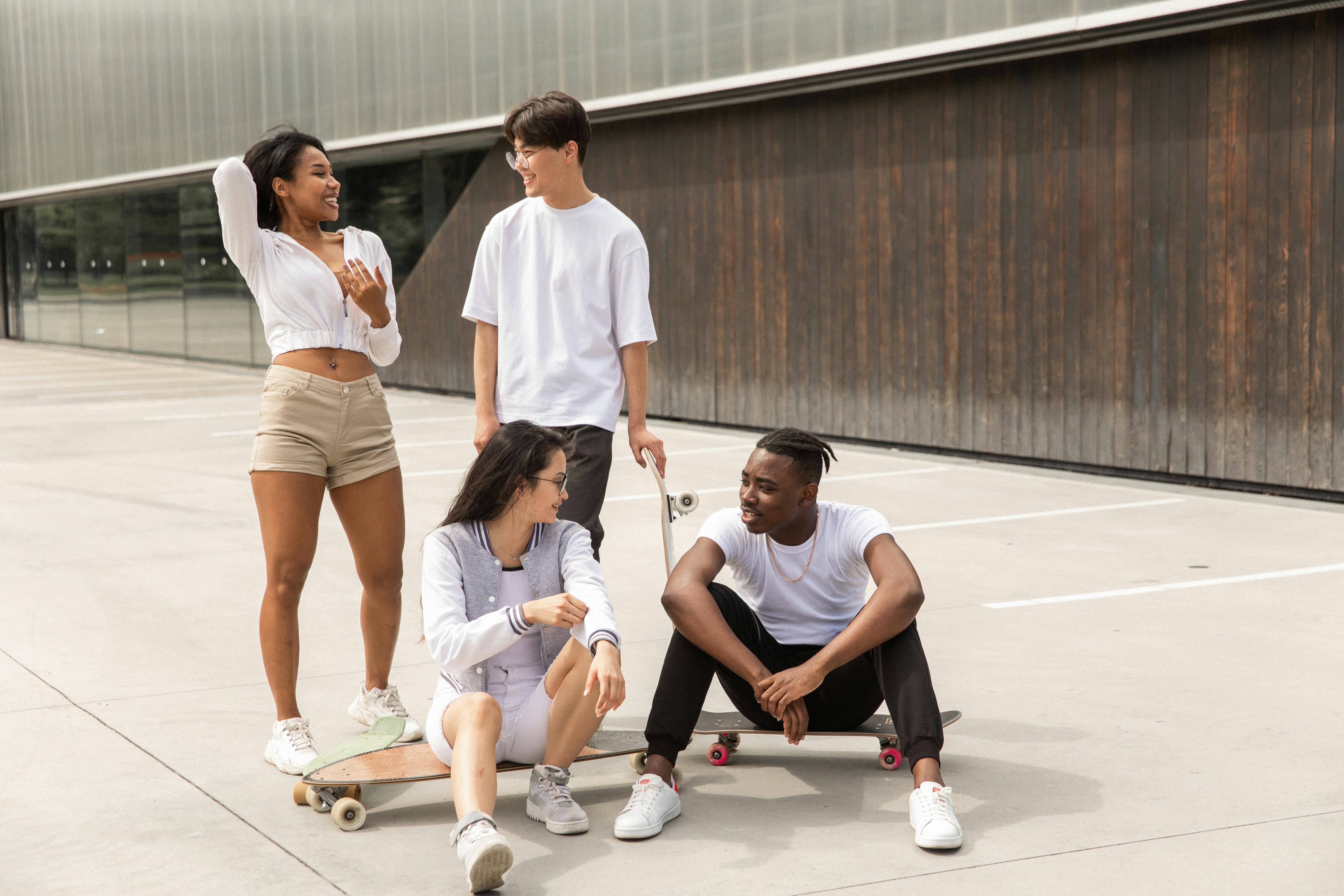As immigrants to America began to arrive from Europe they brought with them many of their beliefs and customs and one of them was Halloween. During the colonial era, the celebration was limited due to the rigid Protestant customs of the first settlers.
However, the southern colonies and Maryland had the customs of various ethnic groups in Europe, including the beliefs of the Native American Indians. All these beliefs began to come together and create a new American version of Halloween.
The first American Halloween celebrations to be seen were parties held to celebrate the harvest. During these gatherings, neighbors would share stories of their deceased loved ones or others they knew, telling the future of those they wished to know, along with singing and dancing. The trend for Halloween in the early days of its creation was mostly focused on ghost storytelling and mischief.
In the mid-19th century, autumn celebrations were common; however, Halloween was not celebrated throughout the United States.
During the 1800s more immigrants came to the United States, especially in 1846 when Ireland had the infamous potato famine. With these new immigrants came other Halloween traditions. At this time, Americans everywhere began dressing up in various costumes to go door to door to beg for money or food. This was the beginning of what we know as “trick or treating”.
Traditions and beliefs arose, such as young women believing that by performing special tricks with apple peels, mirrors, or string, they would learn the name of their future husband as long as these tricks were performed on Halloween night.
In the late 1800s, Halloween was more about community gathering for fun rather than the witchcraft, ghost stories, and pranks of old. The 1900s brought Halloween parties for both children and adults and was the most popular way to celebrate the holiday. The parties focused on food, games, and of course brightly colored costumes rather than ghosts and ghouls. Even local newspapers pushed Americans to pull something scary out of all their Halloween celebrations, so superstitions and ghost stories were quickly becoming a thing of the past.
As the 1920s progressed, Halloween had become more of a holiday, with communities hosting parties, parades, and everyone dressing up. However, vandalism was a big problem during the 1920s and 1930s despite all the efforts of the community to have fun. full night.
During the 1950s, vandalism was under control, but now the holiday was aimed at children. During this time, trick-or-treating was more popular than it had been while it was on the rise since the 1920s. The idea behind trick-or-treating at this time was that neighbors could prevent tricks and vandalism by presenting children with treats. Hence the origin of the name.
Today, Halloween is celebrated in many different ways across the United States and the main fun for children is trick-or-treating. On the other hand, schools, churches, and neighborhoods also have celebrations to bring children to a safe environment instead of going door-to-door due to parents finding harmful elements in sweets from years past, such as razor blades.

